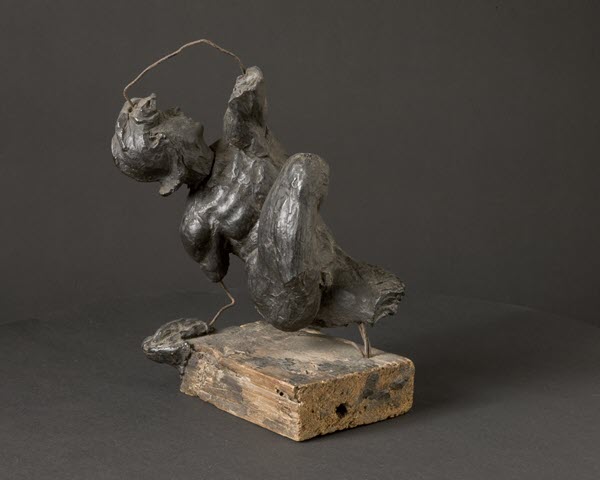
“So I made them into one, the foul lot of them,
and killed them all. It was quite satisfying.”
Today I wrote of death. Rather, I killed a man.
It’s a strange power we writers have, and a luxury if truth be told. We can create, we can destroy. World building is one way, backstory another. Characters from whole cloth, or woven-together snippets of people we’ve known or met. Or simply passed on the street, online, in dreams. We give them lives then turn around and edit them, in and out of their existence, as it pleases us, pleases the story.
Every word we write is a lie. Lies in search of truth.
And whose truth now? Well, that’s its own tale I suppose. If a book, a book of lies, speaks to me directly, if it strikes my heart, is it true?
Writing is not my therapy, though who and what I’ve learned certainly surfaces. It cannot help but surface. But I don’t use writing to throw my self onto the universe. Instead, I take the truths of it and craft them into lies. I make story of them. I make art.
The man I killed was four men though he could have been a great many more. There is a type in academe: the predator. I have fended off more than a few in my time, mostly as a student when I was vulnerable and they knew it. But once, not too long back, the gent was the husband of a professorial colleague. I was considerably taller, certainly more fierce, and could have floored him in a moment. Still he tried. Always astounds me, the ego of the predator. I used my words, as we say, and he slunk away feigning misinterpretation.
So I made them into one, the foul lot of them, and killed them all. It was quite satisfying. But it also makes a good story which is more the point. My dead man looks like only one of them, and even then I have borrowed features from three other gents of whom I was and am fond: a little pot belly from the one, another’s lovely round head, the wild hair of a third.
But the man is dead and good riddance.
Mystery-writing is new to me. I read ‘em, more now as I need to understand the genre and the market, but I am mainly a non-fiction, science fiction sort of person as well as an artist. Five or so years ago I found I wanted to do something, something large, something bigger than I could not quite see or even, as yet, understand. And I needed to kill someone. So I am using my words again.
The structure of the mystery novel is ideal for my authorial purposes now. It is like the heavy wire armature a sculptor uses as the inner framework for a piece. The wire can be twisted and bent into shape, any shape. The writing is the wire proper, editing and redrafting, the twisting. It holds the work in place. Holds the lies.
I am doing a lot of wire work these days, and a lot of twisting. I feel powerful for it, and humbled. It is easy to kill, less easy to make a story of it. It’s the lying. Lying is easy too. Making it into truth, now that is where the real work is.

Model for a Fallen for a Fallen Warrior. c. 1520. Attributed to Giovanni Francesco Rustici.
If you have a question or comment for me, drop me a line via my Contact page.
© J.A. Jablonski 2022. All rights reserved.
How to cite this post
Jablonski, J.A. (2022, July 26). Pot Bellies and Wild Hair: Writing Lies, Writing Truth. Blog post. J.A. Jablonski (website). https://jajablonski.com/2022/07/26/writing-lies-writing-truth/
IMAGE CREDITS
Header image
-
- Falling leaf. Photo by Annie Spratt on Unsplash
- Woman with hands on face. Photo by Melanie Wasser on Unsplash
- Old corona typewriter. Photo by Patrick Fore on Unsplash
- Falling leaf. Photo by Annie Spratt on Unsplash
Model for a Fallen Warrior. c. 1520. Attributed to Giovanni Francesco Rustici. (Italian, 1474-1554). Wax on metal armature, mounted on wood. The Cleveland Museum of Art. Permissions: Creative Commons (CC0 1.0)


